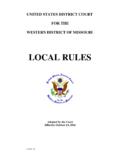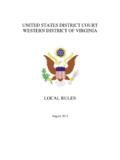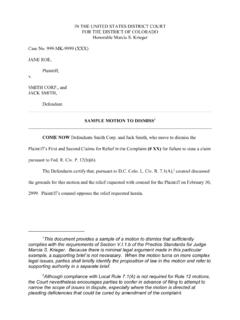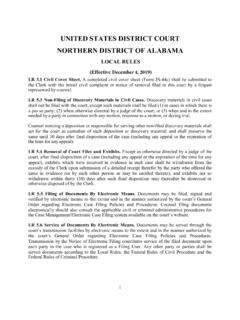Transcription of United States Court of Appeals
1 United States Court of Appeals For the First Circuit No. 21-1064. United States OF AMERICA, Appellee, v. JOS RUVALCABA, Defendant, Appellant. APPEAL FROM THE United States district Court . FOR THE district OF MASSACHUSETTS. [Hon. George A. O'Toole, Jr., district Judge]. Before Barron, Selya, and Gelp , Circuit judges . Brandon Sample, with whom Brandon Sample PLC was on brief, for appellant. Jennifer Zacks, Assistant United States Attorney, with whom Nathaniel R. Mendell, Acting United States Attorney, was on brief, for appellee. February 15, 2022. SELYA, Circuit Judge. Presently before us is an appeal brought by defendant-appellant Jos Ruvalcaba, who is serving a life sentence for having led a drug-trafficking conspiracy. The appeal raises questions of first impression in this circuit. To frame those questions, we note that the defendant's life sentence, imposed in 2009, encompassed a mandatory minimum, see 21 841(b)(1)(A) (2006), triggered by two prior convictions for felony drug offenses.
2 While the defendant was serving his sentence, Congress passed the First Step Act (FSA) in December of 2018. See Pub. L. No. 115-391, 132 Stat. 5194. As relevant here, the FSA reduced certain enhanced mandatory minimum penalties (including those pursuant to section 841(b)(1)(A)) and modified the criteria for qualifying prior offenses. See id. 401, 132 Stat. at 5220. At the same time, the FSA amended the compassionate-release statute, see 18 3582(c)(1)(A), to allow prisoners to file their own motions for compassionate release, see FSA 603(b), 132 Stat. at 5239. In the wake of these changes, the defendant moved for compassionate release under section 3582(c)(1)(A)(i), alleging that there were extraordinary and compelling reasons for his release. The government opposed the motion. The district Court , in an unpublished order, refused the requested relief.
3 On appeal, the defendant broadly contends that the district Court erred by concluding that it lacked the authority to - 2 - reduce his sentence because the FSA's changes could not support an extraordinary and compelling reason for compassionate release. We have not yet spoken definitively on the extent of a district Court 's discretion in determining whether extraordinary and compelling reasons for compassionate release exist. Specifically, we have yet to resolve whether the Sentencing Commission's current policy statement (USSG ) is applicable to and, thus, binding upon district courts in adjudicating prisoner-initiated motions for compassionate release. Nor have we yet resolved whether a district Court when confronted with such a motion may consider certain of the FSA's changes that were not made retroactive to sentences previously imposed.
4 After careful consideration, we hold that a district Court when adjudicating a prisoner-initiated motion for compassionate release is not bound by the Sentencing Commission's current policy statement. We further hold that such a Court may consider the FSA's non-retroactive changes in sentencing law on an individualized basis, grounded in a defendant's particular circumstances, to determine whether an extraordinary and compelling reason exists for compassionate release. Accordingly, we vacate the order of the district Court and remand for further proceedings consistent with this opinion. - 3 - I. Our journey starts with a rehearsal of the relevant facts and travel of the case, including a description of the pertinent aspects of the FSA and the law pertaining to compassionate release. The defendant led a sprawling drug-distribution and money-laundering conspiracy in the early 2000s.
5 After his apprehension, the defendant was tried and found guilty of involvement in two interlocking conspiracies: a conspiracy to distribute and to possess with intent to distribute over 500 grams of methamphetamine, see 21 846, and a conspiracy to launder money, see 18 1956(h). On April 28, 2009, the district Court sentenced him to life imprisonment on the drug- trafficking charge and to a concurrent 240-month term of immurement on the money-laundering charge. The defendant appealed, and we summarily affirmed. See United States v. Ruvalcaba, No. 09-1650. (1st. Cir. Jan. 7, 2010) (unpublished judgment). The lifetime term of imprisonment reflected the enhanced mandatory minimum penalty that Congress had prescribed for defendants with two prior "felony drug offense[s]" pursuant to section 841(b)(1)(A). See 21 841(b)(1)(A) (2006).
6 At the time of sentencing, the defendant had two earlier California felony drug convictions: a 2001 conviction for importation, sale, and distribution of methamphetamine and a 2001 conviction for possession of methamphetamine. - 4 - We fast-forward to the spring of 2020, when the defendant moved for compassionate release under section 3582(c)(1)(A)(i), as amended by the FSA. Two of the FSA's provisions are critically important to the defendant's compassionate-release motion. First, during the more than thirty years before the FSA's passage, any motion for compassionate release had to be filed by the Director of the federal Bureau of Prisons (BOP). See 18 3582(c)(1)(A) (2012). The FSA amended the statute, allowing prisoners to file such motions on their own should the BOP decline to See FSA 603(b), 132 Stat. at 5239. Second, the FSA reconfigured the sentencing landscape through a series of revisions.
7 Pertinently, it altered the scope of the statutory mandatory minimum penalties imposed pursuant to 21 841(b)(1)(A). See FSA 401, 132 Stat. at 5220-21. This amendment reduced the mandatory minimum penalties in that section such that a defendant who had two or more prior qualifying convictions for drug offenses was no longer subject to a mandatory term of life imprisonment but, rather, to an incarcerative term of twenty-five years. See id. 401(a)(2), 132 Stat. at 5220. For 1 As we noted in United States v. Saccoccia, 10 1 (1st Cir. 2021), "[s]uch motions are variously referred to as sentence- reduction motions and compassionate-release motions." Id. at 4. In this case, as in Saccoccia, "[w]e use those terms interchangeably." Id. In adopting this approach, we in no way suggest that release from imprisonment is the only form of relief contemplated under section 3582(c)(1)(A).
8 After all, section 3582(c)(1)(A) refers to sentence reductions generally. - 5 - a defendant with only one qualifying prior conviction, the mandatory minimum term was reduced from twenty years to fifteen years. See id. And as part and parcel of this series of changes, the FSA modified the criteria for qualifying prior offenses by replacing the term "felony drug offense" with the newly-defined terms "serious drug felony" and "serious violent felony." Id. 401(a)(1), 132 Stat. at 5220. Congress did not make these changes found in section 401 of the FSA applicable to all persons previously convicted under section 841(b)(1)(A). Instead, Congress limited the retroactivity of those amendments. Id. 401(c), 132 Stat. at 5221 ("[Section 401], and the amendments made by this section, shall apply to any offense that was committed before the date of enactment of this Act, if a sentence for the offense has not been imposed as of such date of enactment.)
9 "). Marshalling his case for compassionate release, the defendant emphasized that had he been sentenced after the enactment of the FSA, he would have had just one qualifying prior offense and would have been subject to a mandatory prison term of only fifteen years. His life sentence was so much more draconian that, in his view, the resultant sentencing disparity was "extraordinary and compelling." This was especially true, he added, because he - 6 - was only forty-five years old and had been incarcerated on the drug-trafficking conspiracy charge for fourteen of those The defendant offered an alternative ground for compassionate release. His medical issues, he said, justified a sentence reduction. In a supplemental motion, he added that his medical conditions along with the conditions of his confinement rendered him uniquely susceptible to severe illness or death from COVID-19.
10 The district Court denied the defendant's motions. As an initial matter, the Court determined that the defendant had adequately exhausted his administrative remedies. See 18 3582(c)(1)(A). The Court then turned to the question of whether an extraordinary and compelling reason existed sufficient to warrant compassionate release. Taking the first step along this road, the Court explained that although the Sentencing Commission's current policy statement did not "directly address the FSA's" amendments to the compassionate-release statute, it "provide[d] helpful guidance." The Court then rejected the 2 The defendant argued, in the alternative, that the district Court should reduce his sentence to twenty-five years even if both of his prior offenses continued to rank as qualifying offenses. We note, moreover, that neither party discusses the significance, if any, of the money-laundering sentence vis- -vis the defendant's quest for compassionate release.
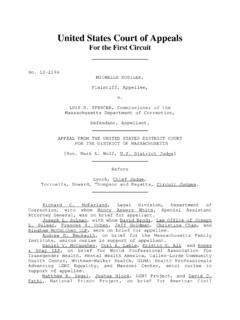

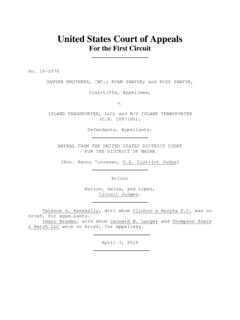
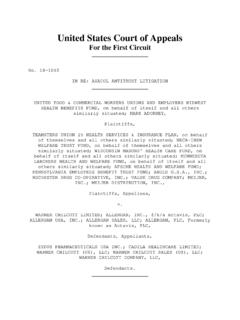
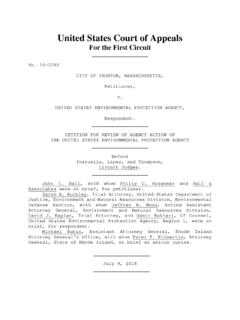
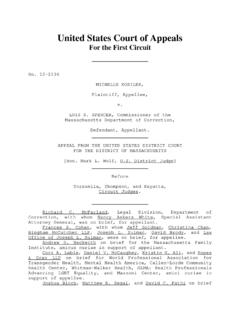



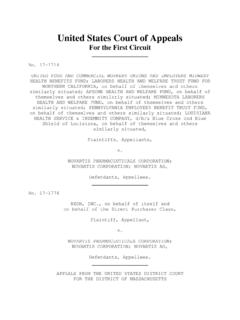
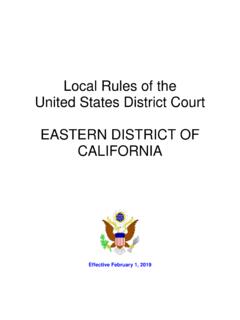
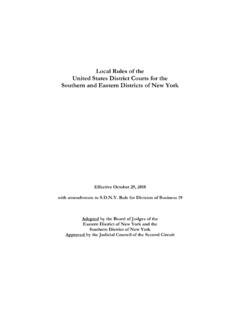
![[PUBLISH] In the United States Court of Appeals](/cache/preview/3/9/5/4/b/e/4/4/thumb-3954be44abcfb99b332cc39bd4e426e5.jpg)
